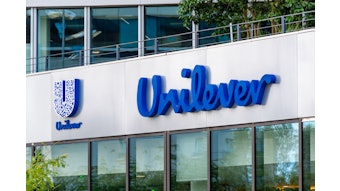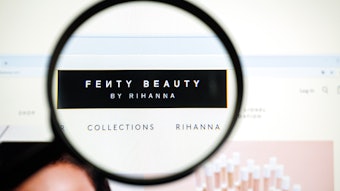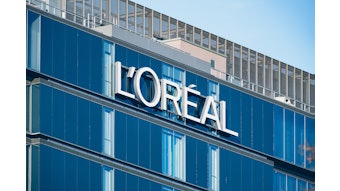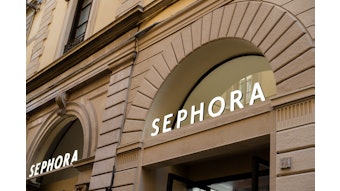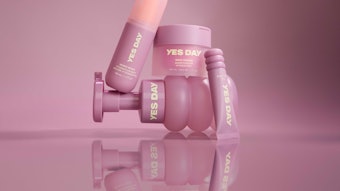
Maybe M&A is on the rise, and maybe M&A is the new R&D, but how is it reshaping the beauty industry? A new report from A.T. Kearney sheds some light on how intense the situation is, noting, "At this point, the industry is ripe for consolidation, and survival likely depends on acquiring or being acquired."
M&A Leaders
A.T. Kearney found that the largest M&A target categories were:
- Skin care: 25%
- Color cosmetics: 23%
- Hair care: 13%
- Other: 12%
- Fragrance 6%
- Devices: 3%
The Drivers
- Consumers (ex: multicultural consumers, millennials, generation Z)
- Distribution channels (ex: Coty-OPI, Macy’s-Bluemercury, Target-DermStore, Sephora-Sack's)
- Innovation (ex: L’Oréal-Sayuki, SkinMedica-Colorescience, Estée Lauder-GlamGlow)
- Markets
The firm's research backs up previous insights into the motivations behind rising M&A activity:
- Slow growth in core markets such as the United States (which is expanding at 3%/year, a situation which will continue in the next five years) and Western Europe
- Slow growth in legacy brands
- High consolidation in many categories (top three companies comprise 45% of the entire market)
- High fragmentation in the remainder of the market
- Need for expansion into new categories, geographies and channels
- Need for acquiring digital and social media capabilities
- Need for engagement with key consumers, including millennials
What Acquirers Seek in Brands
At the same time, A.T. Kearney found that the more acquisitions a company makes, the better each transaction performs:
"Our research shows that frequent buyers—those that completed on average two transactions per year or more—increase value faster than infrequent buyers ... [F]requent buyers (mostly large companies) grew 63% more enterprise value over a six-year period than infrequent buyers of comparable size."
Practice makes perfect.
How Consolidated Is the Industry?
A.T. Kearney found that consolidation has reached what it calls a "tipping point." The most consolidated categories include premium beauty, deodorants, hair care and color cosmetics. The least consolidated segments include mass beauty, fragrance and skin care.
To illustrate:
- Total premium market value: $19.9 billion (all figures courtesy of Euromonitor/A.T. Kearney)
- Top three company market share: 49%
- Remainder market share: 51%
- Total mass market value: $43.6 billion
- Top three company market share: 39%
- Remainder market share: 61%
- Total deodorants market: $4.2 billion
- Top three company market share: 75%
- Remainder market share: 25%
- Total hair care market: $12
- Top three company market share: 62%
- Remainder market share: 385
- Total color cosmetics market: $14.4 billion
- Top three company market share: 51%
- Remainder market share: 49%
- Total bath and shower market: $7.7 billion
- Top three company market share: 46%
- Remainder market share: 54%
- Total fine fragrance market: $7.8 billion
- Top three company market share: 38%
- Remainder market share: 62%
- Total skin care market: $15.6 billion
- Top three company market share: 27%
- Remainder market share: 73%
The Missing Piece: M&A in Developing Markets
However, given the slow pace of expansion in mature markets, beauty leaders will need to get creative in acquiring local brands and, as a result, local insights into markets and consumer needs.
A.T. Kearney's report notes some mature-emerging market deals in recent years, including L’Oréal-Niely Cosméticos (Brazil) , L’Oréal-Interconsumer Products (Kenya) and Coty-StarAsia (Southeast Asia).
To date, there have been few instances of emerging market brands acquiring mature market brands. Most make lateral moves to other rising markets, rather than tacking the North American and European spaces. This can allow emerging market players to be "the big fish in a small pond."
M&A = Growth
More than 80% of transactions in recent years have been of a "strategic nature" the A.T. Kearney report notes. High M&A valuations have kept smaller financial acquirers from participating as fully in the market, the report noted, which could expand competition.
Whatever the specific market conditions, the firm is predicting most value growth in the market will be driven by M&A.

